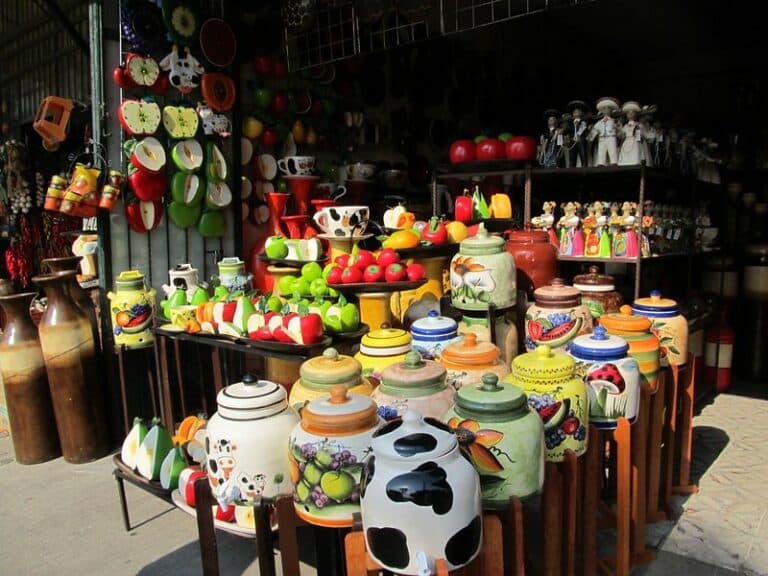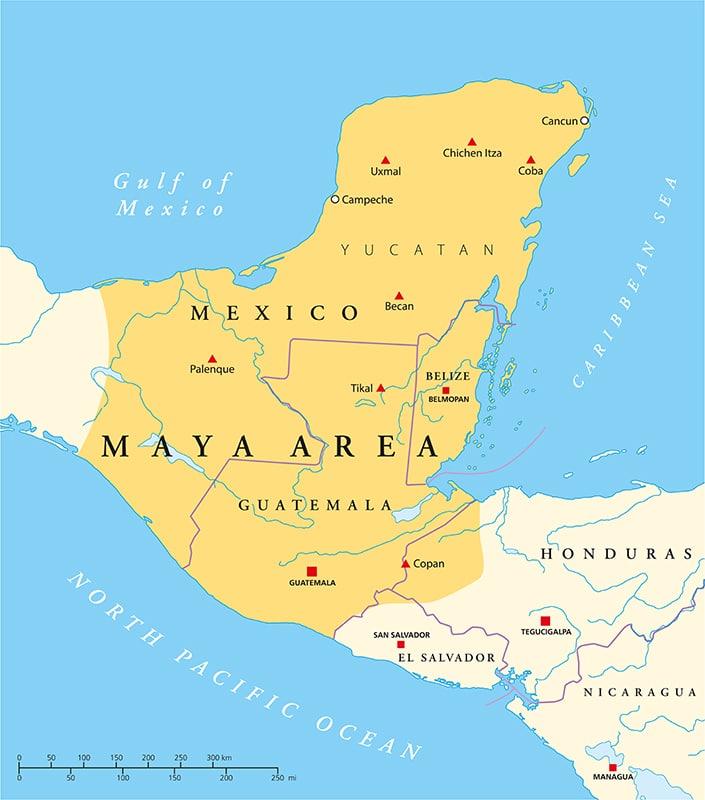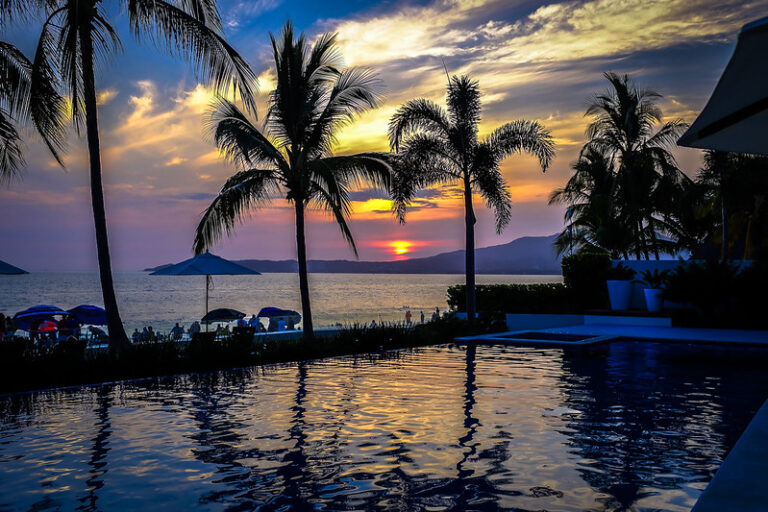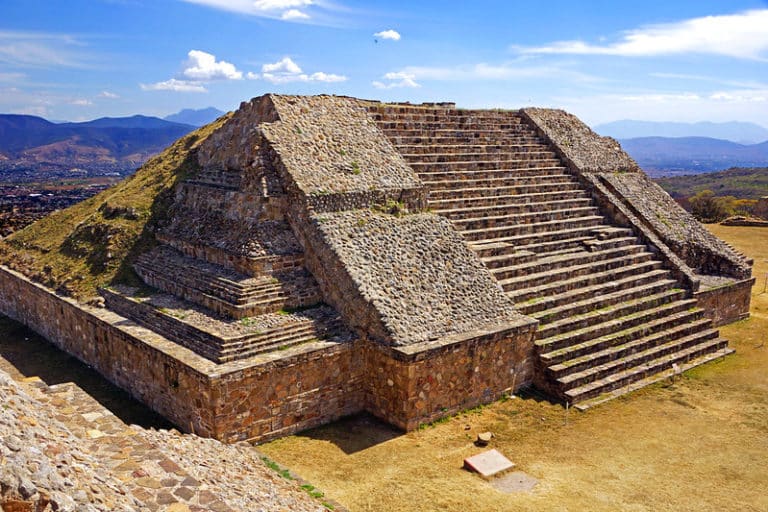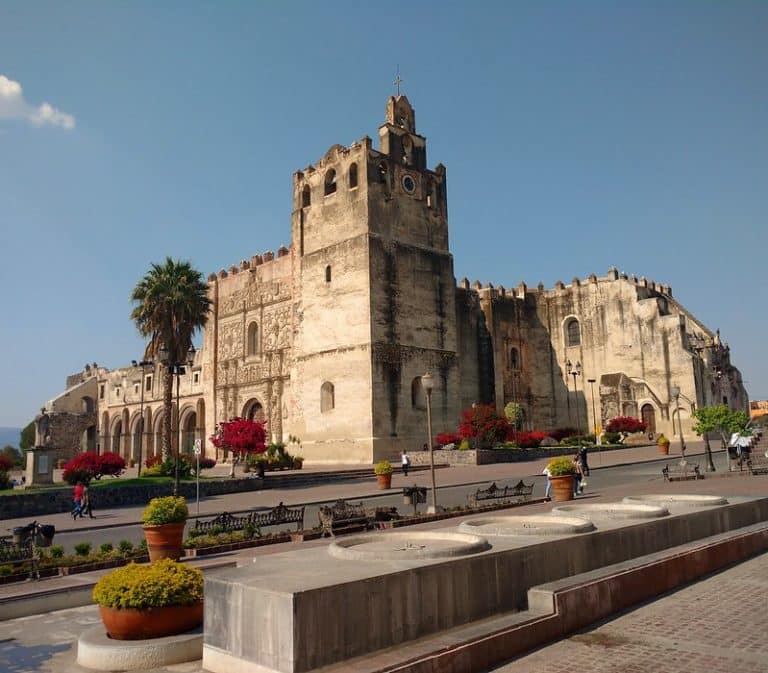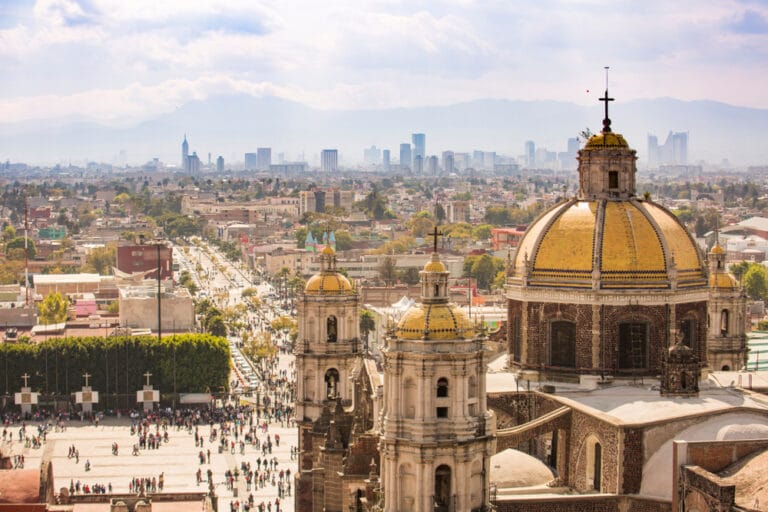Lake Xochimilco and La Condesa in Mexico City: What to Expect
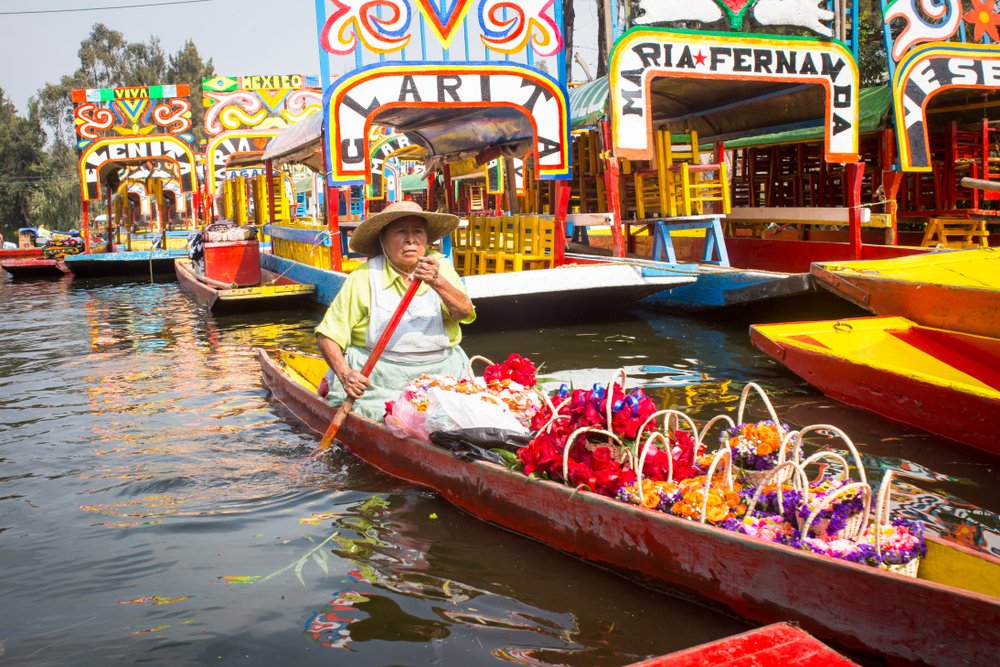
Lake Xochimilco and La Condesa in Mexico City: What to Expect
Hello friends, in today’s post, I will talk to you about the three best places in Mexico City: Lake Xochimilco, La Condesa neighborhood, and Downtown.
Xochimilco is the oldest neighborhood in Mexico City. The lake is the main attraction and is also an important food provider to the chinampa crops.
If you want to know all about its history, you should start with a traditional ride on a Trajinera (they’re like Venice’s gondolas). I’ll tell you all about it.
There are ten piers in this lake, and one of the most frequented is Cuemanco, considered an ecological pier for its diversity of flora and fauna.
During the tour along the canal, chalupas with Mariachis, marimba, antojitos, and flower vendors approach the passerby to offer food or crops, as our ancestors once did.
Xochimilco is a lacustrine land surrounded by water where food and ornamental flowers are grown.
This is how the ancient Xochimilcas urbanized their territory, laying out canals that served as a transit route to market the products they grew there.
And this was the reason why Xochimilco obtained the category of Cultural and Natural Heritage of Humanity in 1987 by UNESCO.
The tradition of decorating the trajineras with flowers and baptizing them with feminine names comes from more recent times but coincides with pre-Hispanic mythology.
Lake Xochimilco and La Condesa – Map
9 things you must do in Lake Xochimilco
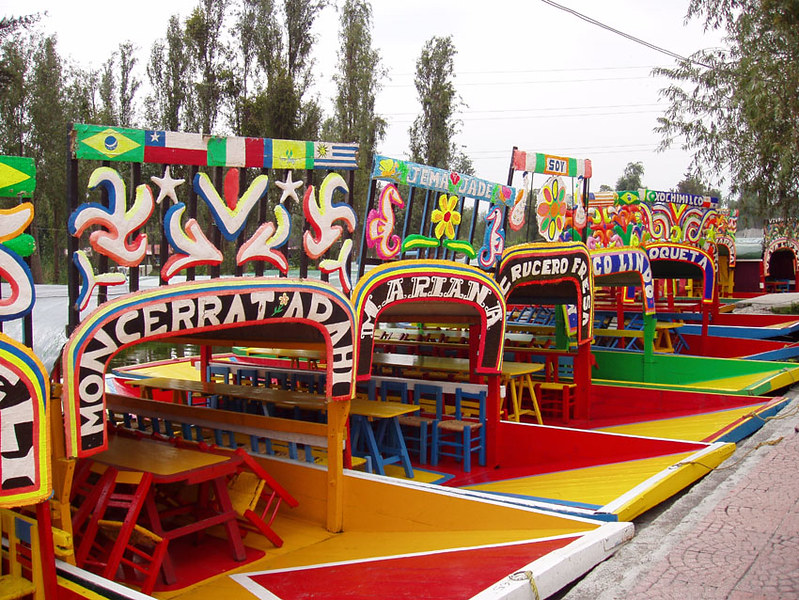
As an earthly paradise, Xochimilco is full of magic and hidden treasures. However, there’s a lot more to it than riding the Trajineras.
Here are ten things you must do to get the most out of your next visit. Take note!
1. Take a classic Trajinera trip
Trajineras are an international attraction. You can get on any of them, choosing whether you want to go through the ecological or touristy areas.
The ride includes services such as drinks, food, music, and a lot of fun!
2. Taste the Pulque

One of the mandatory things to do here is to drink pulque, a refreshing beverage typical of the area.
El Templo de Diana specializes in preparing different flavors; this place is known among experts and is highly recommended.
CAUTION! Don’t drink pulque before riding the Trajineras. Try to do it after.
3. Visit the San Cristobal Xallan Neighborhood
To truly experience and taste the local flair, you must visit the San Cristobal neighborhood.
You may want to read: 20 Best Parks in Mexico City You Cannot Miss
There are “water taxis” to take you there, such as the Trajineras and a super nice chapel of the Patron Saint Cristobal.
4. Take a tour of the San Bernardino de Siena Church
Built by the Franciscans in the 16th century, it is part of an architectural complex where there was also a school: you can imagine the magnitude of the construction.
If you go on a holiday, you will likely find the enclosure decorated in many colors.
5. Visit the doll’s island in Lake Xochimilco
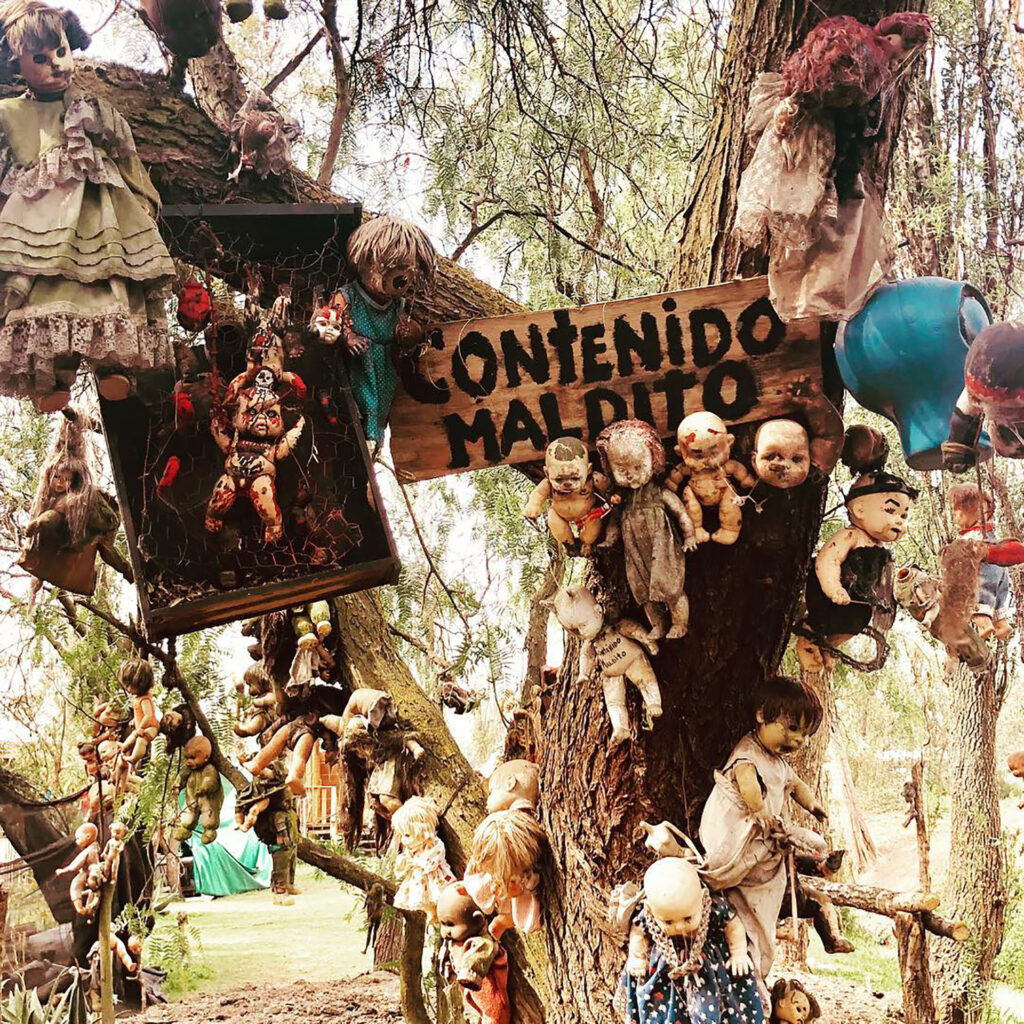
If you like creepy things, this place is ideal for you.
It is a chinampa of the Teshuilo Lagoon adorned with old and broken dolls of various styles and colors, although already damaged by time.
It was believed that the dolls helped chase away a drowned girl’s spirit.
6. Stroll in the Xochimilco Ecological Park
It was declared a World Heritage Site by UNESCO because it recovers and cares for the flora and fauna of the site and promotes the cultural value of the chinampas.
The best thing you will find here is a spectacular view.
7. Feel the wind in the Nativitas Forest
Few people know that this forest is one of the city’s lungs and is closer than you think.
There is abundant vegetation, a humid climate, and green areas where you can exercise outdoors or plan a picnic.
8. Visit the Dolores Olmedo Museum
There are nearly 3,000 pieces of Diego Rivera and Frida Kahlo’s work and 600 pre-Hispanic pieces of indigenous groups, such as the Olmec, Mixtec, and Zapotec.
In addition, in its garden, there are peacocks and Xoloitzcuintles (funny-looking dogs).
9. Buy flowers at the Plant Market
It is one of the oldest in Mexico City, where you can find flower species and plants that are not so easy to find, for example, papyrus and bird’s eye.
And the best thing is that almost all the flowers are the result of cultivation by the people of Xochimilco.
Explore Downtown Mexico city
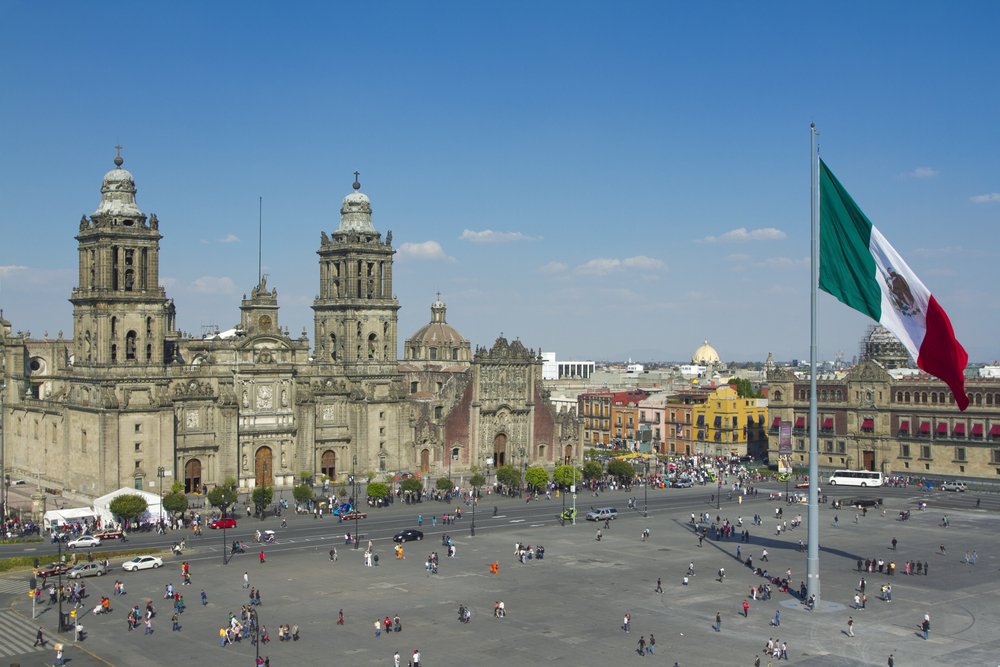
Mexico City’s Historic Downtown (or Centro Historico) is the largest and most emblematic place in Latin America and one of the most important tourist centers in the world.
It is home to some of the nation’s most prized cultural treasures and true architectural gems.
This marvel, distinguished as Cultural Heritage of Humanity by UNESCO in 1987, has about 1,500 buildings, including temples, museums, hotels, stores, galleries, theaters, and cultural centers, many of them listed as historical or artistic monuments.
Its 678 blocks make an area of 9.7 square kilometers, where you can admire the architecture that summarizes the history of our country’s pre-Hispanic, colonial, independent, and modern eras.
Some world-renowned sites include the Templo Mayor of Mexico, the Metropolitan Cathedral, the National Palace, the Old City Hall Palace, the Palace of Fine Arts, and the National Museum of Art many others.
Its cultural richness is not limited to ancient buildings and museums; it can also be appreciated in the streets, the festivities, the vast artistic works, and the endless gastronomy options wherever you go.
An award-winning city
For any tourist, it is a delight to visit the Historic Center of Mexico City, which Forbes Magazine has ranked as the Fourth Best Place in the World to Eat (after Paris, Rome, and Tokyo).
Mexico city was named by the Union of Capital Cities of Ibero-America (UCCI), as the “Ibero-American Capital of Culture 2010.”
The heart of the capital is the best place to find traditional restaurants and fondas, where they prepare the best dishes of Mexican and international cuisine.
You will also find classic cantinas, bars, taquerias, cafeterias, and terraces where typical gatherings occur amongst the locals.
A bit of Mexico’s history
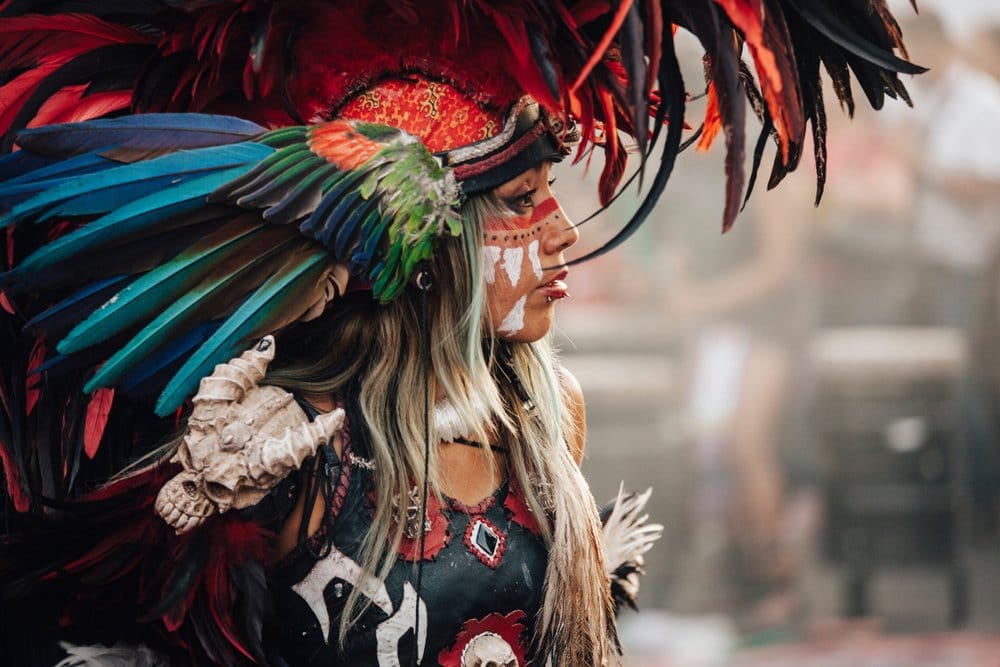
Mexico City, founded in 1325 as a lake settlement on a small islet, became, at the beginning of the 16th century, the seat of the Aztec lordship that controlled vast territories.
With the Spanish colonization, it became the seat of power of the Viceroyalty of New Spain.
After Independence, it experienced notable changes, like the destruction of the noble coats of arms, the disappearance of the convents after the Reform laws, and the great campaign of public constructions at the beginning of the XX century.
At the end of the Revolution of 1910, the city began numerous transformations under a new consciousness.
In the 1930s, the Zócalo, Moneda Street, and several important buildings were protected through various decrees.
In addition, authorities, cultural institutions, and specialists became convinced that the city was the most important destination for visitors in the Americas.
Historical Monument Zone of Mexico City
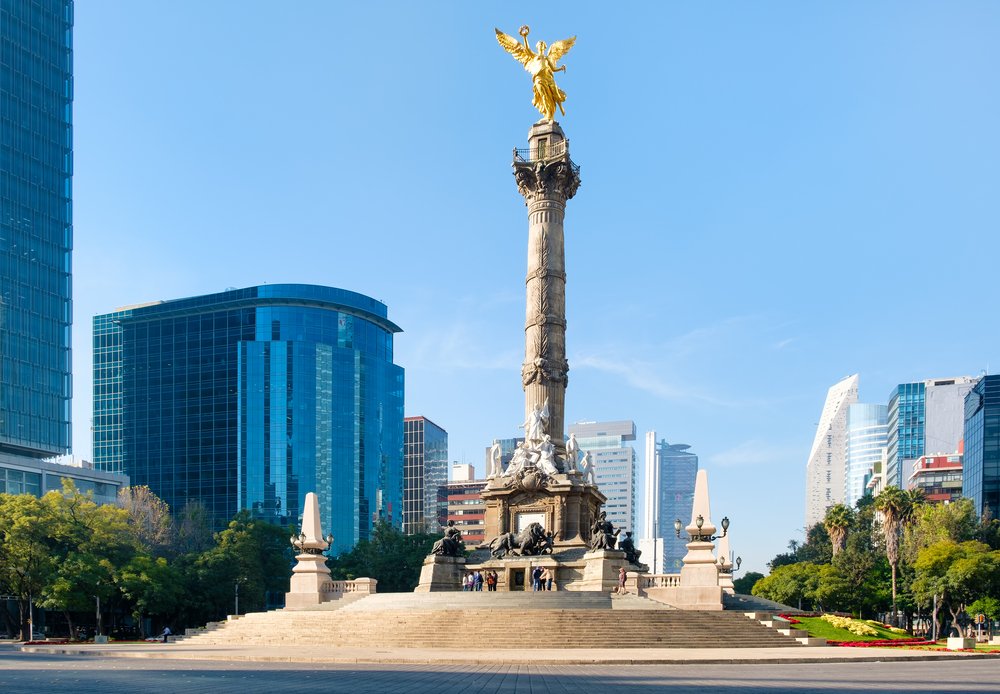
After the accidental discovery of the Aztec monolith representing the goddess Coyolxauhqui in 1978 and the Templo mayor’s consequent location, as of April 11, 1980, the Historic Center of Mexico City was declared “Historic Monuments Zone.”
It was then divided into two perimeters, one covering the area of the original pre-Hispanic city and its viceregal expansion until the War of Independence, and the other covering the city’s growth until the end of the 19th century.
Through several decrees and dispositions, they have been cataloged and protected:
- 67 religious monuments
- 129 civil monuments
- 542 buildings included by ordinance of Law in 1972
- 743 valuable buildings to be preserved
- 111 buildings of environmental value to be preserved
- 6 modern temples
- 17 buildings linked to historical events or personalities
- 78 squares and gardens
- 19 cloisters
- 26 fountains or memorials
- 13 museums or galleries
- 12 sites or buildings with mural paintings, all of them built between the XVI and XIX centuries
Today in Mexico City, the capital of our country, the monumental vestiges of the culture that flourished before the arrival of the Spaniards and from which emerged -thanks to the mestizaje- a modernist and cosmopolitan city.
Thus it has adapted to the passage of time, becoming Mexico’s political and economic center.
La Condesa Neighborhood, Mexico City
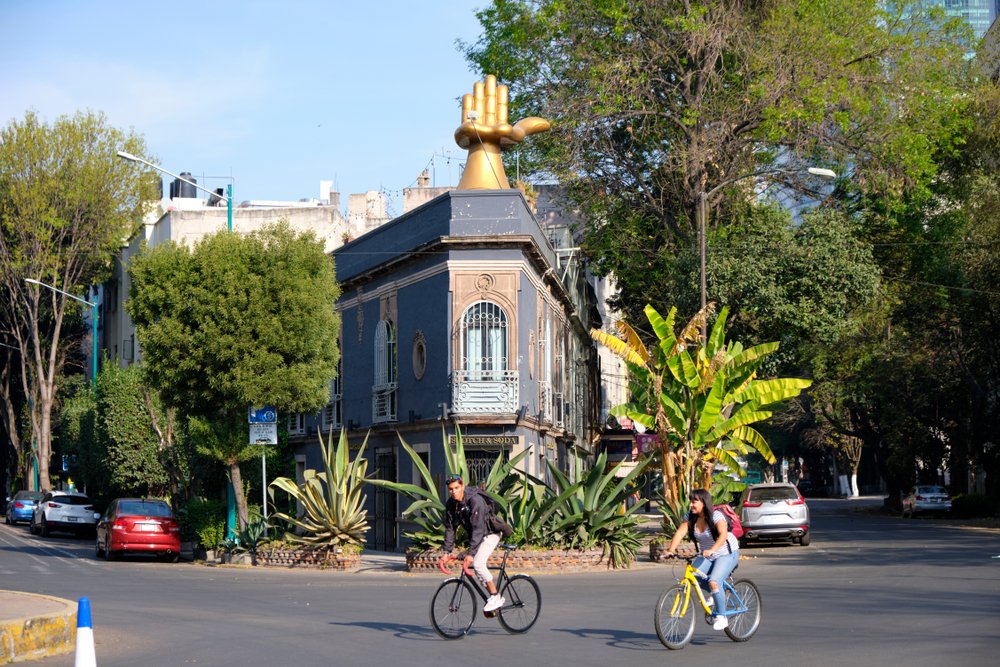
The origin of this famous neighborhood in Mexico City, La Condesa, dates back to colonial times when there was an old Hacienda called Santa María del Arenal, which was located between the town of Tacubaya and the town of Romita.
In 1704, those lands were acquired by Doña María Magdalena Dávalos de Bracamonte y Orozco, Third Countess of Miravalle.
The hacienda covered approximately 160,000 square meters, which is currently La Condesa, Hipódromo Condesa, and part of other neighborhoods like Roma Norte.
What to do in La Condesa
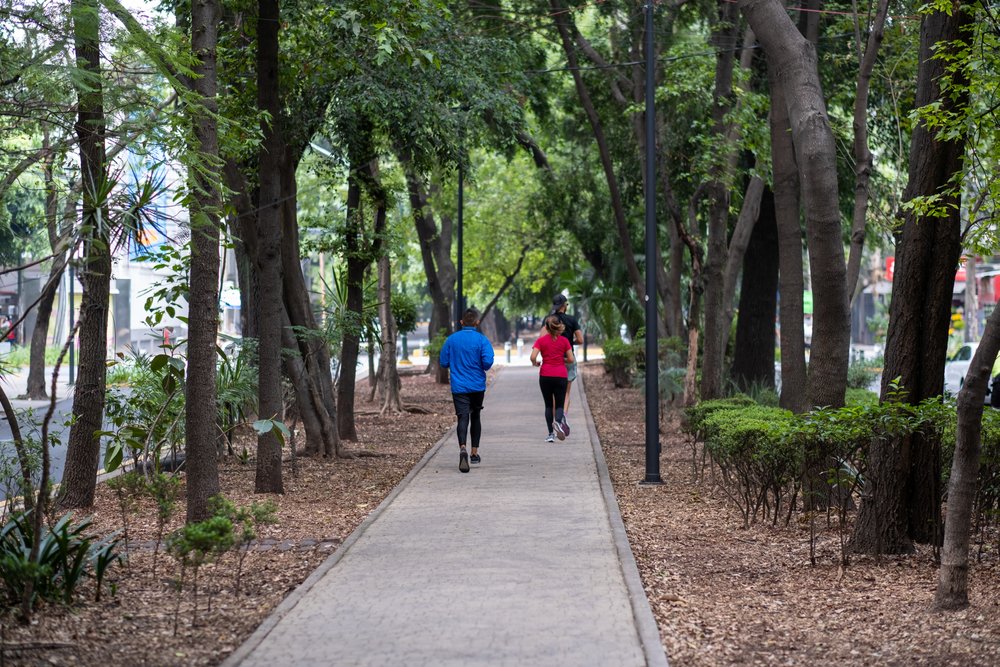
It concentrates on an invaluable architectural heritage of more than 200 buildings with neo-colonial, functionalist, eclectic, rationalist, and Art Deco styles.
This area is well known for its large number of cafes, bookstores, restaurants with innovative proposals, galleries, and independent designers’ boutiques, and its culture and nightlife.
It also has parks with playgrounds, artistic activities, and special areas equipped for dogs.
Its main characteristics are the number of young people who live in it, the cosmopolitan air, the casual lifestyle, the use of bicycles as a means of transportation, the proliferation of vegetarian restaurants, and the company of your pet as a way of life.
Mexico City and Xochimilco: Conclusion
The Centro Historico in Mexico City is undoubtedly a splendid place to visit for its significance and the importance that its historical and cultural richness encloses.
You can see it among its streets, museums, monuments, the recovery of the ruins of the Templo Mayor, and other archaeological findings, such as the famous Sun Stone (solar calendar) or the Coyolxauhqui.
It all testifies to the previous existence of a great civilization, among which recently highlights the monolith of the goddess Tlaltecuhtli (the only Aztec sculptural piece that retains its original colors, dates from 1502, weighs 12 tons and measures 4. 19 by 3.62 meters, which makes it the largest discovered to date).
In addition to the buildings of the viceregal period, temples, former convents, plazas, gardens, and the legends, traditions, customs, and various festivals of a population that is the bearer of great cultural manifestations.

